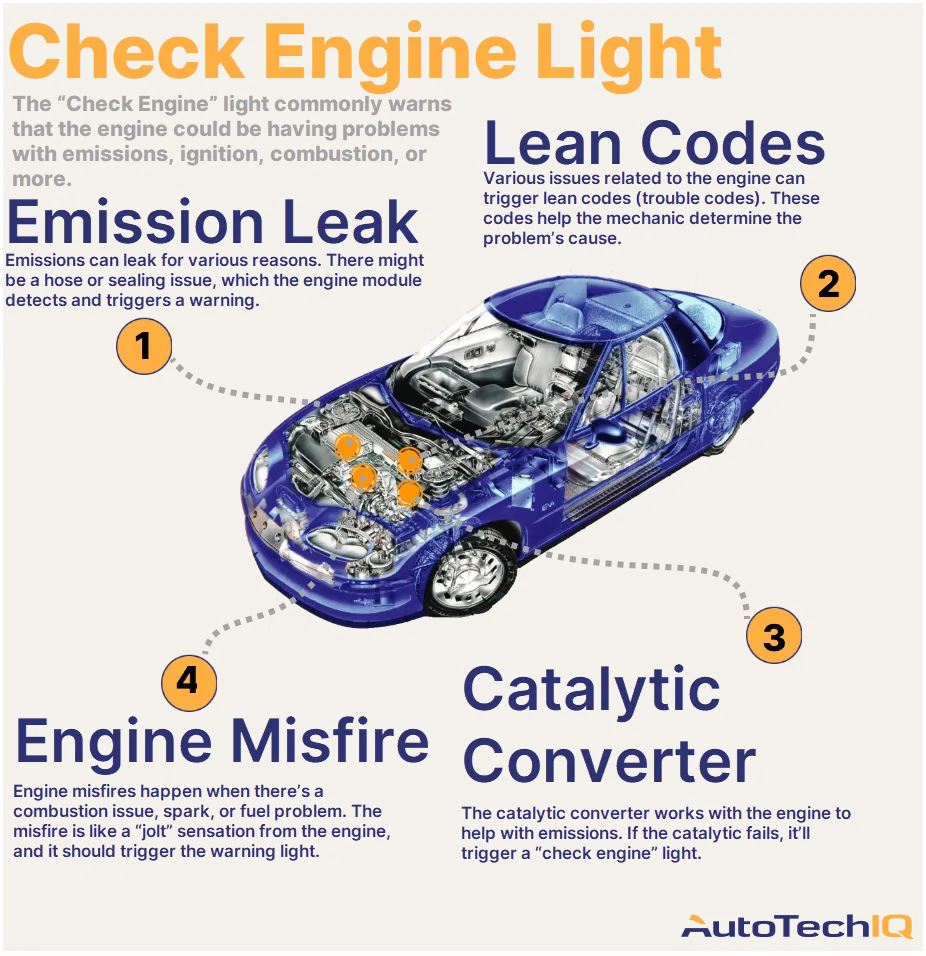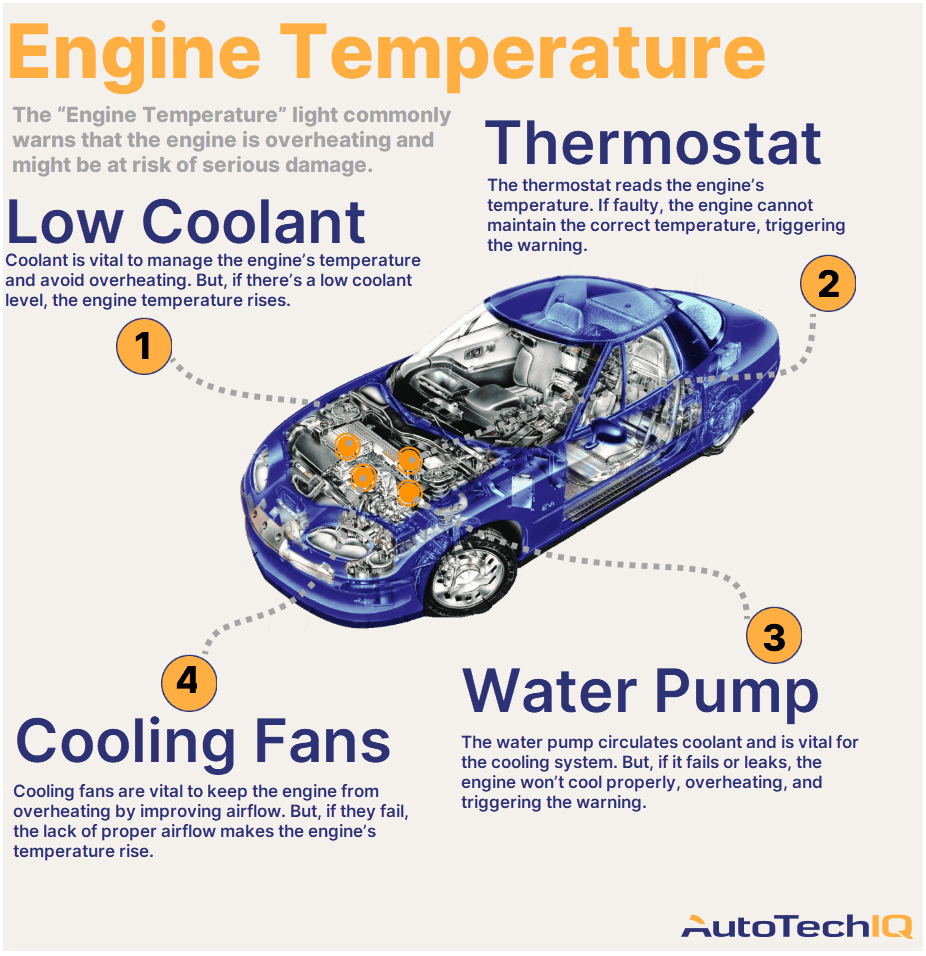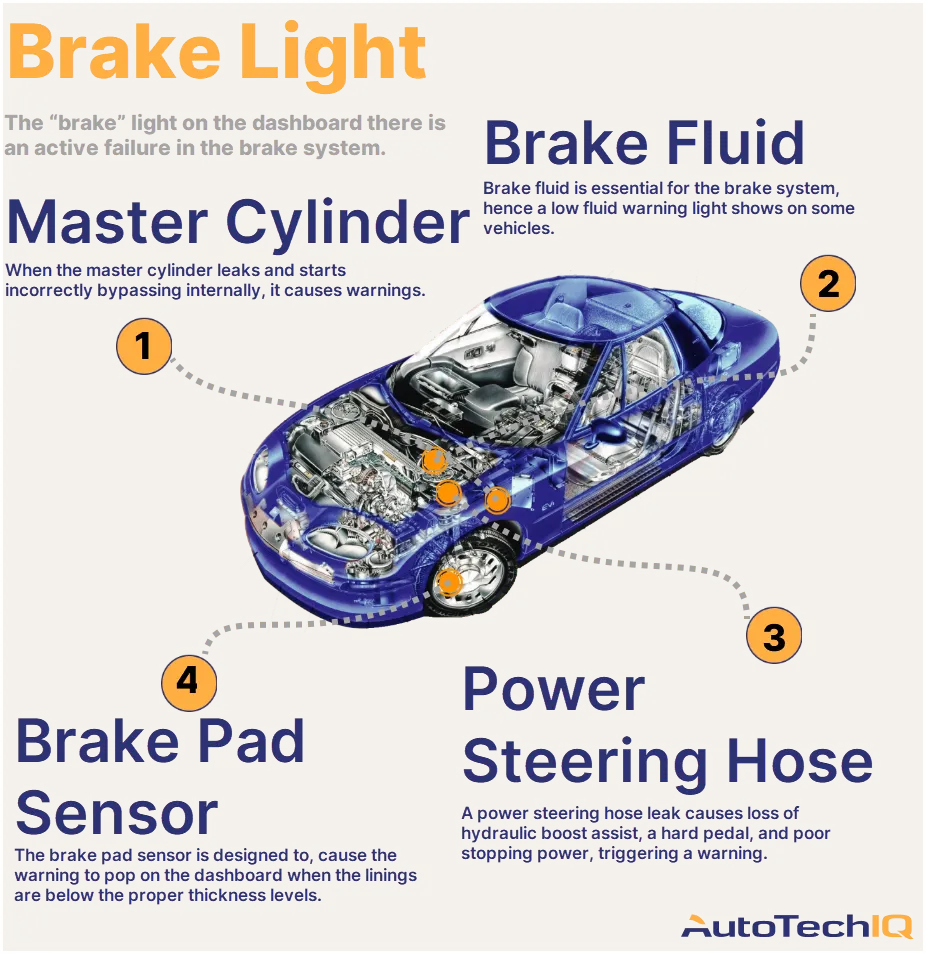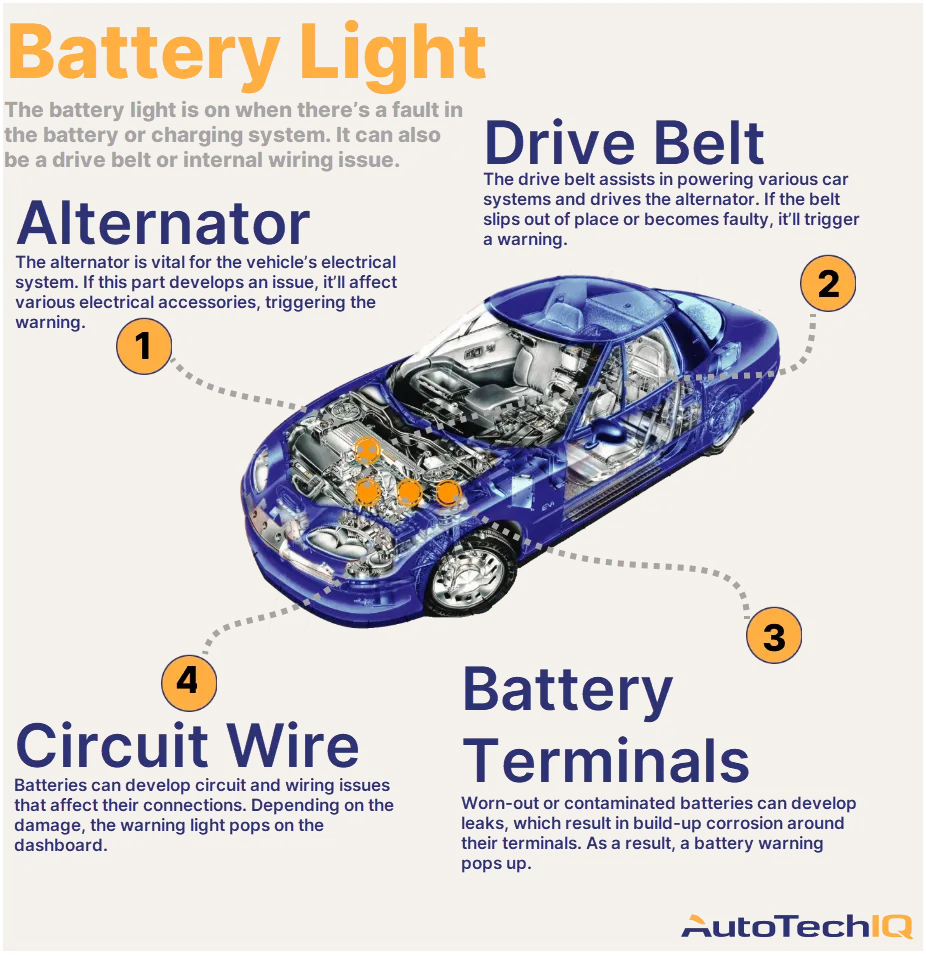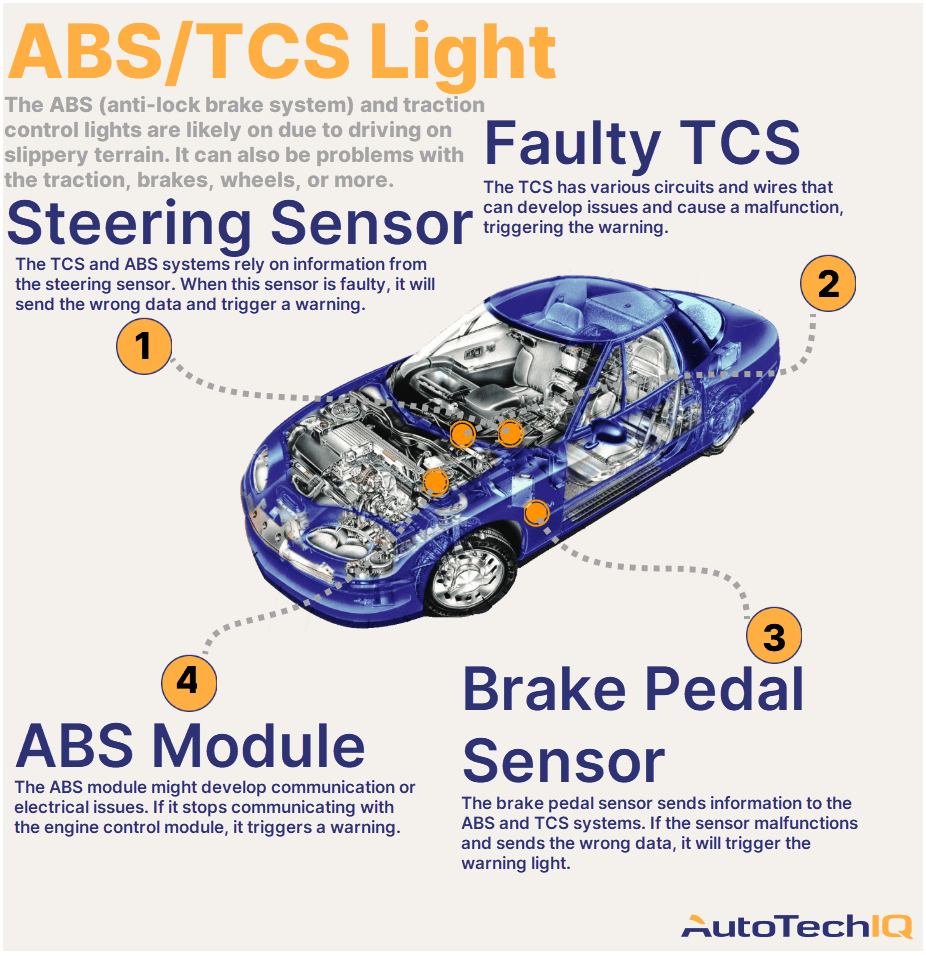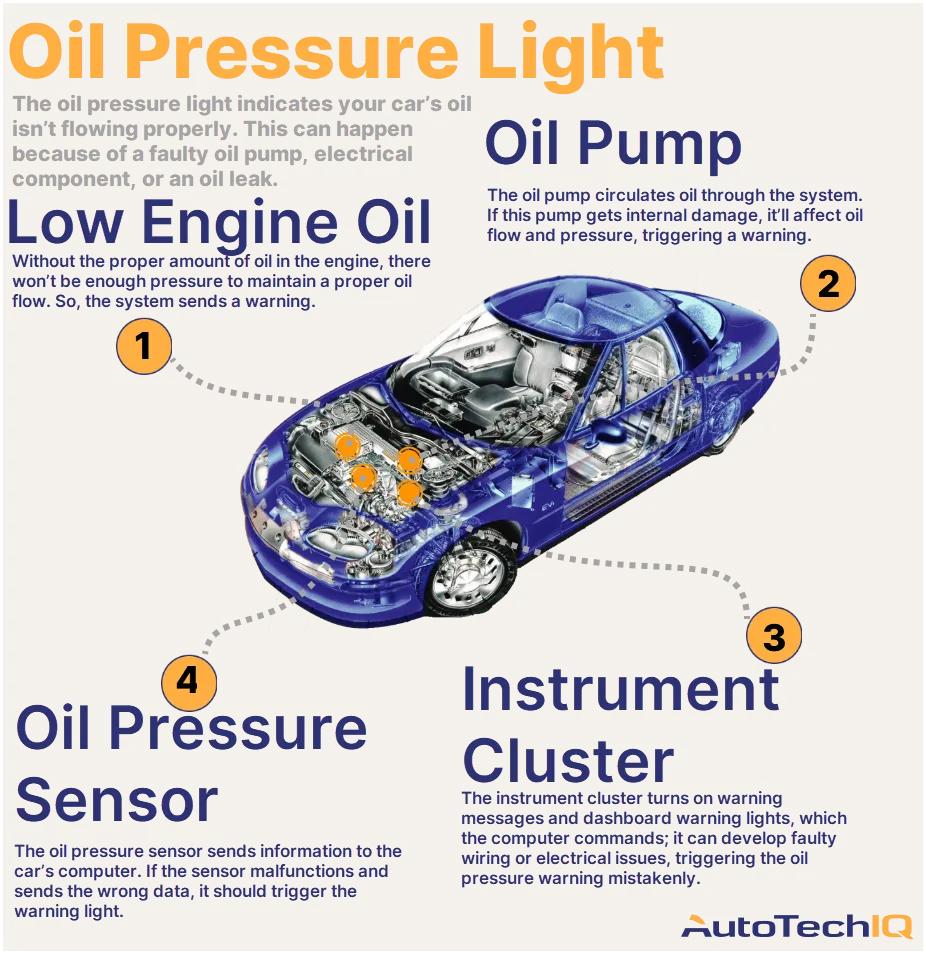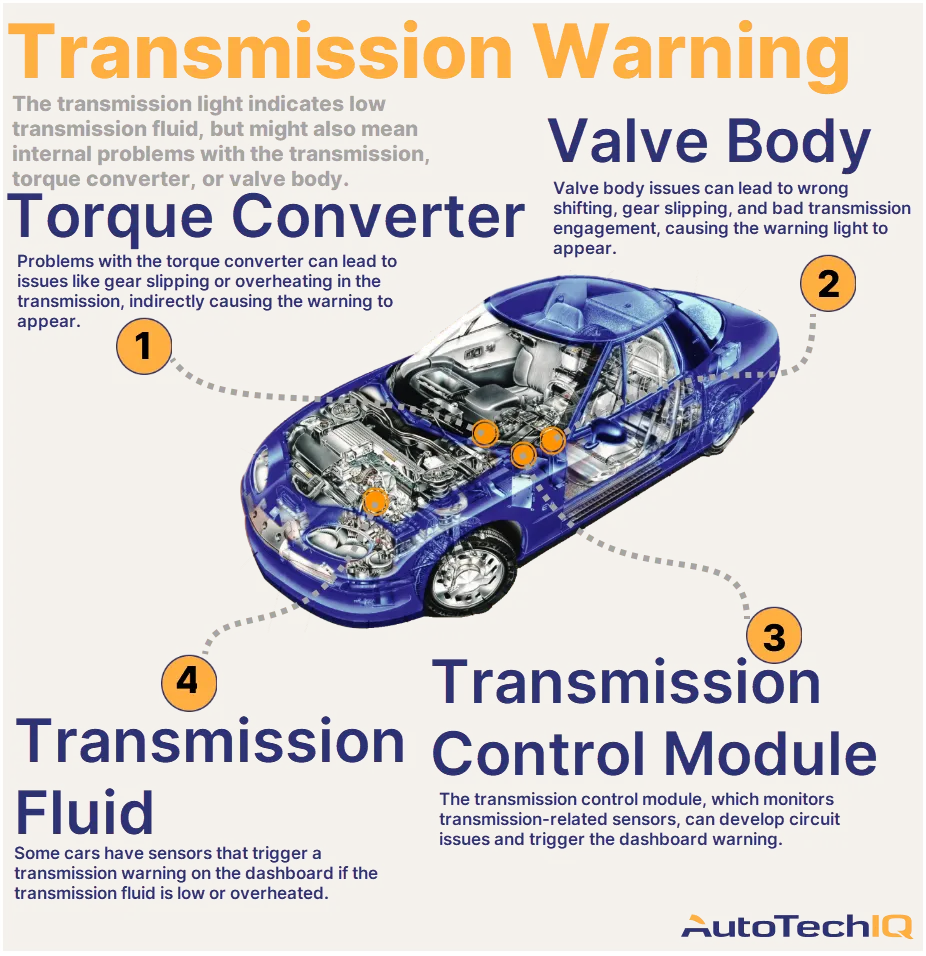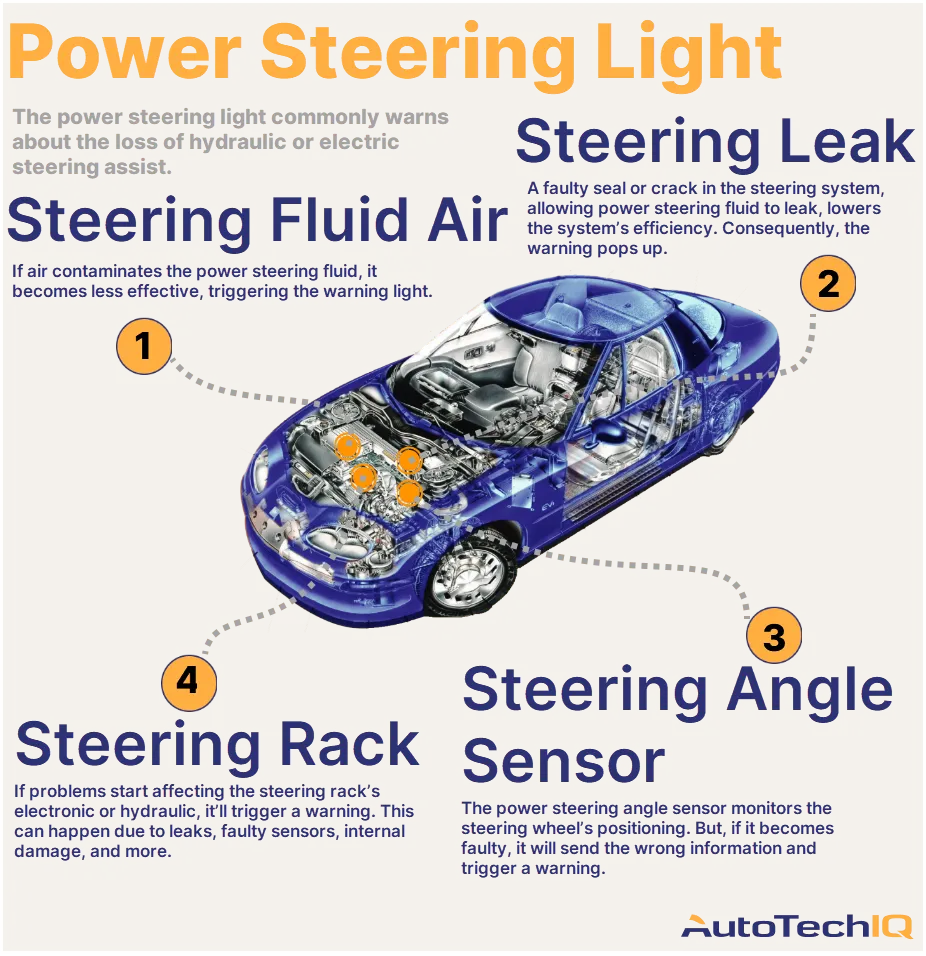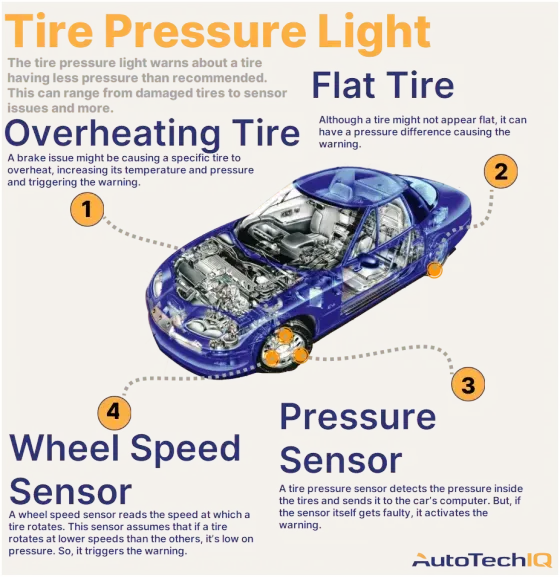
Is Your Car's Tire Pressure Light On?
The tire pressure light warns about a tire-kinda-empty(at least 25% below proper air), a flat tire, or broken sensors. If it’s the sensors, the tires should look normal. Alternatively, the tires might have overheated and want to cool off. The warning light that pops up on the dashboard is typically yellow color featuring a tire and an exclamation point.
Watch out: Stay alert if your car's dashboard begins to pop the "tire pressure" warning light. You might be driving under flat tires, causing progressive damage and requiring hefty repairs in the future; it'll also feature considerable safety risks. Alternatively, it can be electrical issues with the car's computer.

